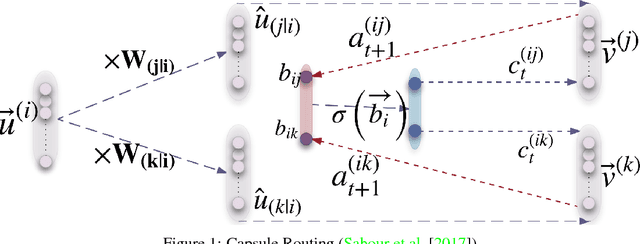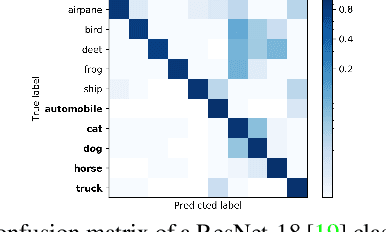Prem Nair
Pushing the Limits of Capsule Networks
Mar 15, 2021



Abstract:Convolutional neural networks use pooling and other downscaling operations to maintain translational invariance for detection of features, but in their architecture they do not explicitly maintain a representation of the locations of the features relative to each other. This means they do not represent two instances of the same object in different orientations the same way, like humans do, and so training them often requires extensive data augmentation and exceedingly deep networks. A team at Google Brain recently made news with an attempt to fix this problem: Capsule Networks. While a normal CNN works with scalar outputs representing feature presence, a CapsNet works with vector outputs representing entity presence. We want to stress test CapsNet in various incremental ways to better understand their performance and expressiveness. In broad terms, the goals of our investigation are: (1) test CapsNets on datasets that are like MNIST but harder in a specific way, and (2) explore the internal embedding space and sources of error for CapsNets.
Towards Fairness in Visual Recognition: Effective Strategies for Bias Mitigation
Nov 26, 2019



Abstract:Computer vision models learn to perform a task by capturing relevant statistics from training data. It has been shown that models learn spurious age, gender, and race correlations when trained for seemingly unrelated tasks like activity recognition or image captioning. Various mitigation techniques have been presented to prevent models from utilizing or learning such biases. However, there has been little systematic comparison between these techniques. We design a simple but surprisingly effective visual recognition benchmark for studying bias mitigation. Using this benchmark, we provide a thorough analysis of a wide range of techniques. We highlight the shortcomings of popular adversarial training approaches for bias mitigation, propose a simple but similarly effective alternative to the inference-time Reducing Bias Amplification method of Zhao et al., and design a domain-independent training technique that outperforms all other methods. Finally, we validate our findings on the attribute classification task in the CelebA dataset, where attribute presence is known to be correlated with the gender of people in the image, and demonstrate that the proposed technique is effective at mitigating real-world gender bias.
 Add to Chrome
Add to Chrome Add to Firefox
Add to Firefox Add to Edge
Add to Edge